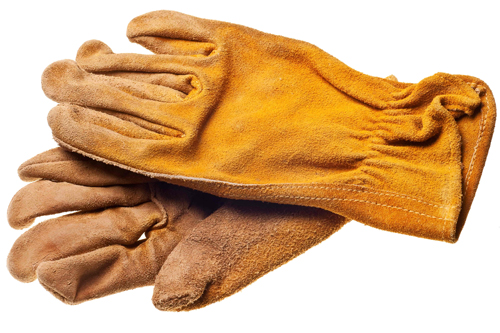Tools Required
This list includes all the tools that may be used while conducting a home inspection. Every inspectors has preferences in what tools they bring with them on inspections, what brand they use, and how they transport them. Use this list as a guide for your personal inspection toolkit.
When choosing the tools you use on inspections, we advise buying quality products that are dependable and built to last. We understand you might not have the budget to buy a whole new set when you’re first starting out, though the tools you use should be reliable and accurate. This is important to help ensure that the inspection goes smoothly and you present a level of professionalism to your clients.
When it comes to buying protective gear, we believe it's a no brainer. We are followers of the old adage: “better safe, than sorry.” For example, while you probably won’t use a respirator on every inspection, though it is better to have one with you when you need it than to forego it and risk injury.
FLASHLIGHT
rechargeable, 50 candlepower minimum
This will be your primary tool used during home inspections, as you will need to see everything clearly.
It is advisable to invest in a quality flashlight that is both dependable and effective.
Bringing along a backup flashlight on inspections is imperative.
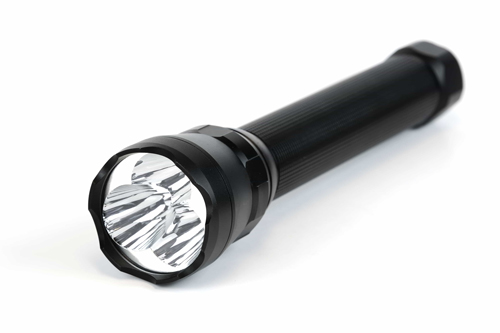
LADDER
Roof ladder: 12 ft. / Attic Step Ladder: 6 ft.
Ladders are used to get to high places like the roof or attic.
A reliable, solid ladder is money well spent, as the most frequent injury to inspectors is falling.
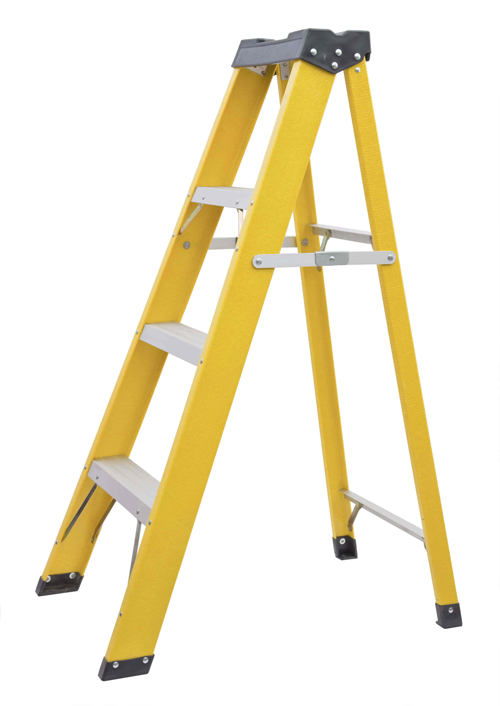
PENETRATION PROBE THERMOMETER
Digital or Dial are both acceptable
Essential for checking temperature drop in the HVAC system.
It is advisable to carry 2 thermometers with you on inspections.
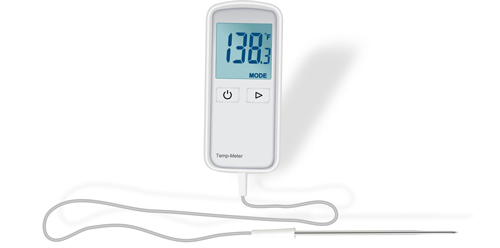
ELECTRIC CIRCUIT TESTER
Circuit testers are used to evaluate the safety of an electrical outlet
Keep in mind that while these devices are useful for quick checks, they are not always definitive and may give misleading readings. Be sure to carefully read the instructions that come with the tester.
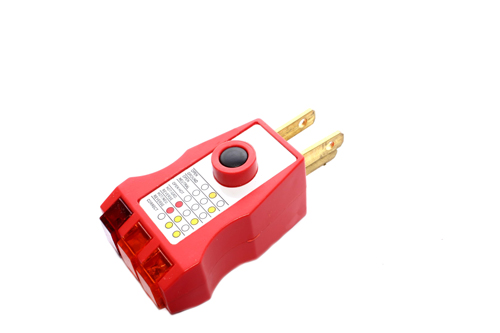
SCREWDRIVER
6-in-one or full set, insulated (1,000 volts) recommended
Screwdrivers are utilized for a variety of duties conducted throughout the inspection, such as removing electrical panels.
A reliable set of screwdrivers is the cornerstone of any tool set, same goes for a home inspection tool kit.
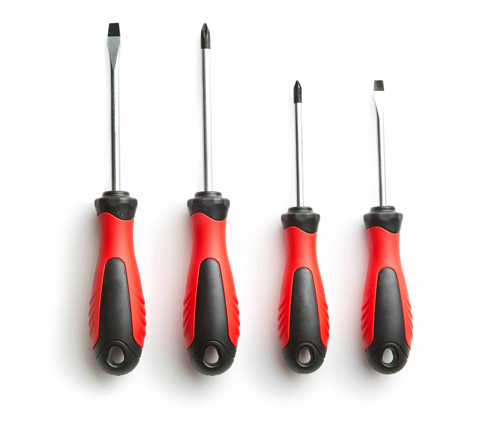
ICEPICK
Icepicks are useful when probing for suspected deterioration
Be sure to insert the point in a safe place, like a rubber stopper or cork.
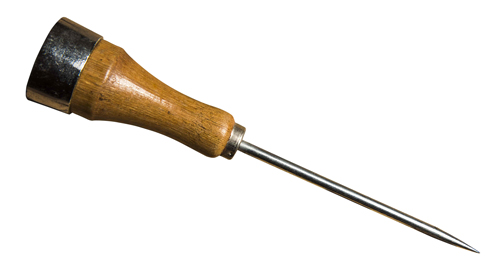
POCKET KNIFE
Like screwdrivers, a pocket knife is a useful tool to have in your set during an inspection, which has many uses like cutting paint at access scuttles for example.
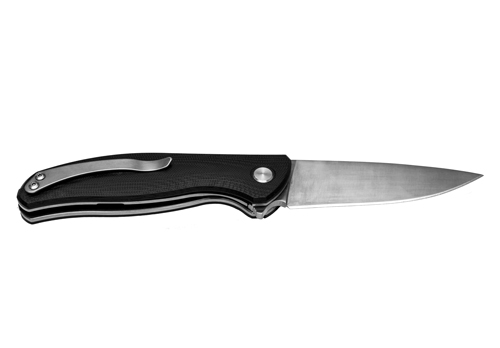
RESPIRATOR
Half or Full Face
Respirators should be worn when inspecting attic, crawl spaces, or anywhere you may breathe in harmful substances.
This is a must have. The small investment of a proper respirator will protect your long term respiratory health.
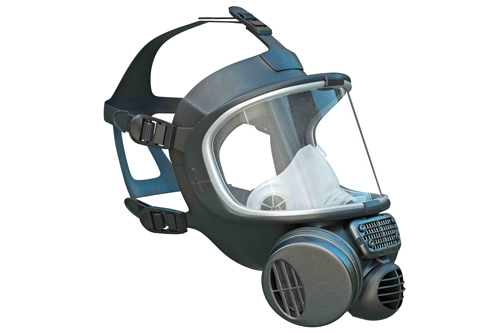
MOISTURE METER
Optional, but strongly recommended
Used to identify the presence of water, and the potential issues associated it.
Using a moisture meter is virtually the only way to determine if an area is actively wet.
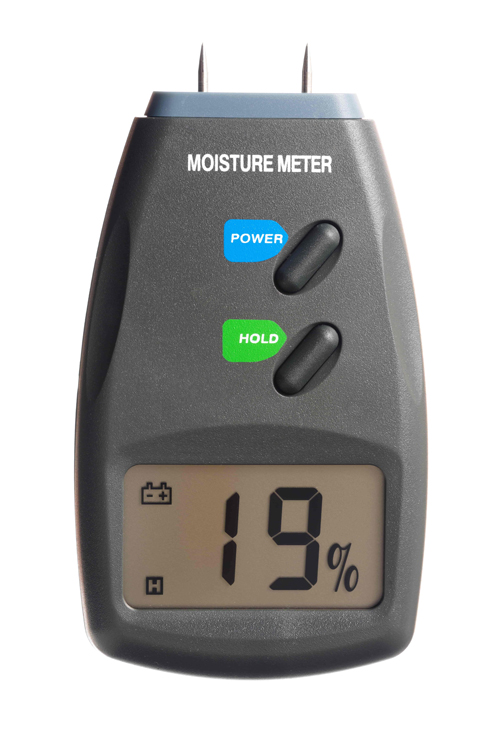
TAPE MEASURE
8 ft. min
Useful to include specific measurements when report writing.
This is a good tool when you think stair treads or risers are not safe.
Taking a photograph along with the measurement is a good visual aide to unsafe conditions.
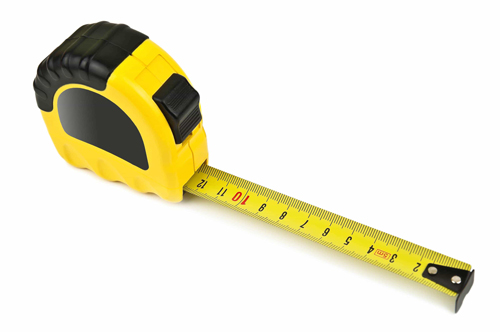
4FT. LEVEL
Used to check if various areas are level or bowed, such as basement walls.
An optional item, some inspectors find a level useful in their home inspections.
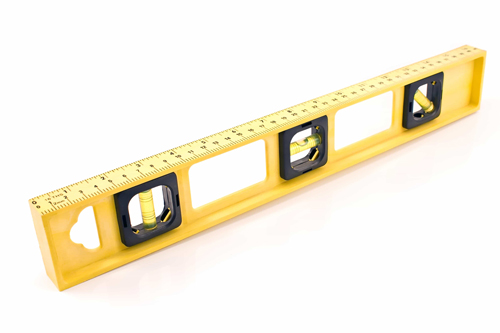
SAFETY GLASSES
Safety glasses are used to protect eyes from damage.
You never know what you can run into during an inspection, so we always recommend airing on the side of caution.
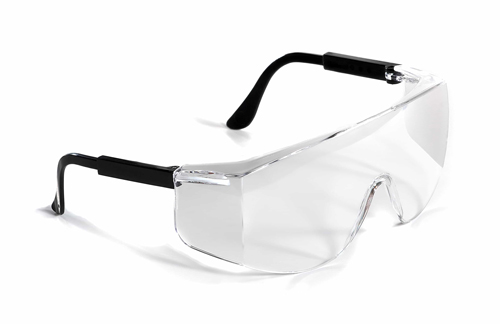
TOOL BAG / TOOL BELT
Inspector’s preference
However you would like to transport your tools to, from, and during inspections is completely up to you.
The most common method is carrying all tools in a tool bag
Some inspectors like having all of their tools close and elect to wear a tool holder belt. Just be careful in tight areas so you don’t damage anything in the client’s home
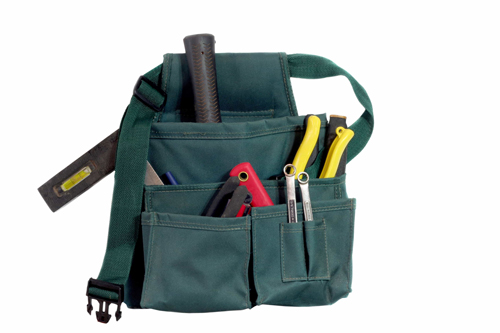
GAS DETECTOR
This device is used to detect small amounts of combustible gases that may be found around the home.
Many gases can be colorless & odorless, and this device can detect more than just your eyes and nose alone.
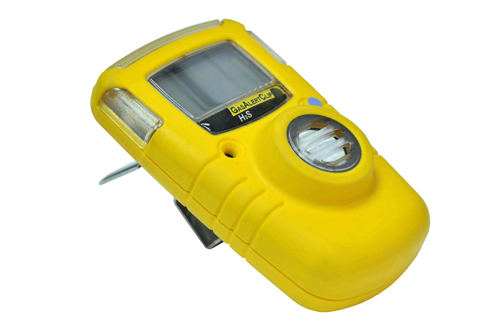
INFRARED THERMOMETER
This device measures the temperature of an object using an infrared laser.
Can be used to measure objects that are in motion, or objects that surface cannot be penetrated by a probe thermometer.
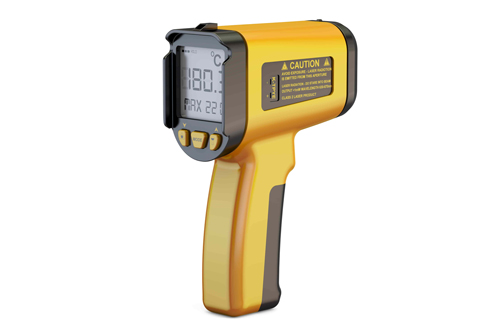
CAMERA
Digital Camera or Phone Camera
Taking pictures to include with your report is a must.
You can use your phone’s camera, but having a dedicated digital camera for inspection may be more reliable.
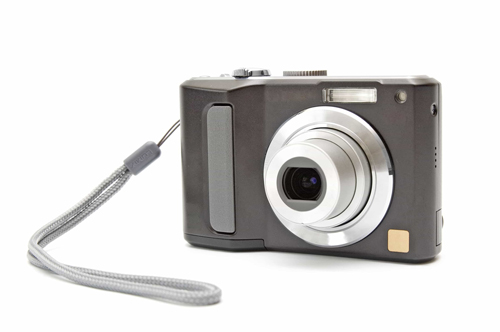
TABLET / LAPTOP
with Report Writing Software
Report writing will be done on either a tablet or a laptop.
Tablets are recommended for their mobility, so you are able to take notes as you conduct the inspection.
Enrollment at the ASHI School provides our students with a trial of Carson Dunlop’s Horizon Reporting Software, or inspectors may seek out another software of their choosing.
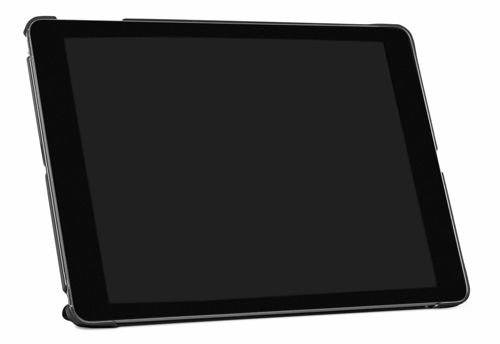
CLOTHING & COVERING
Have gloves and a pair of shoes dedicated to use when inspecting dirty areas such as the attic or crawls, to help avoid tracking dirt around the client’s home.
Bring along a sheet or tarp to cover floors and furniture when using a ladder inside.
Having a spare change of clothes is a good idea to be prepared in case of emergency.
